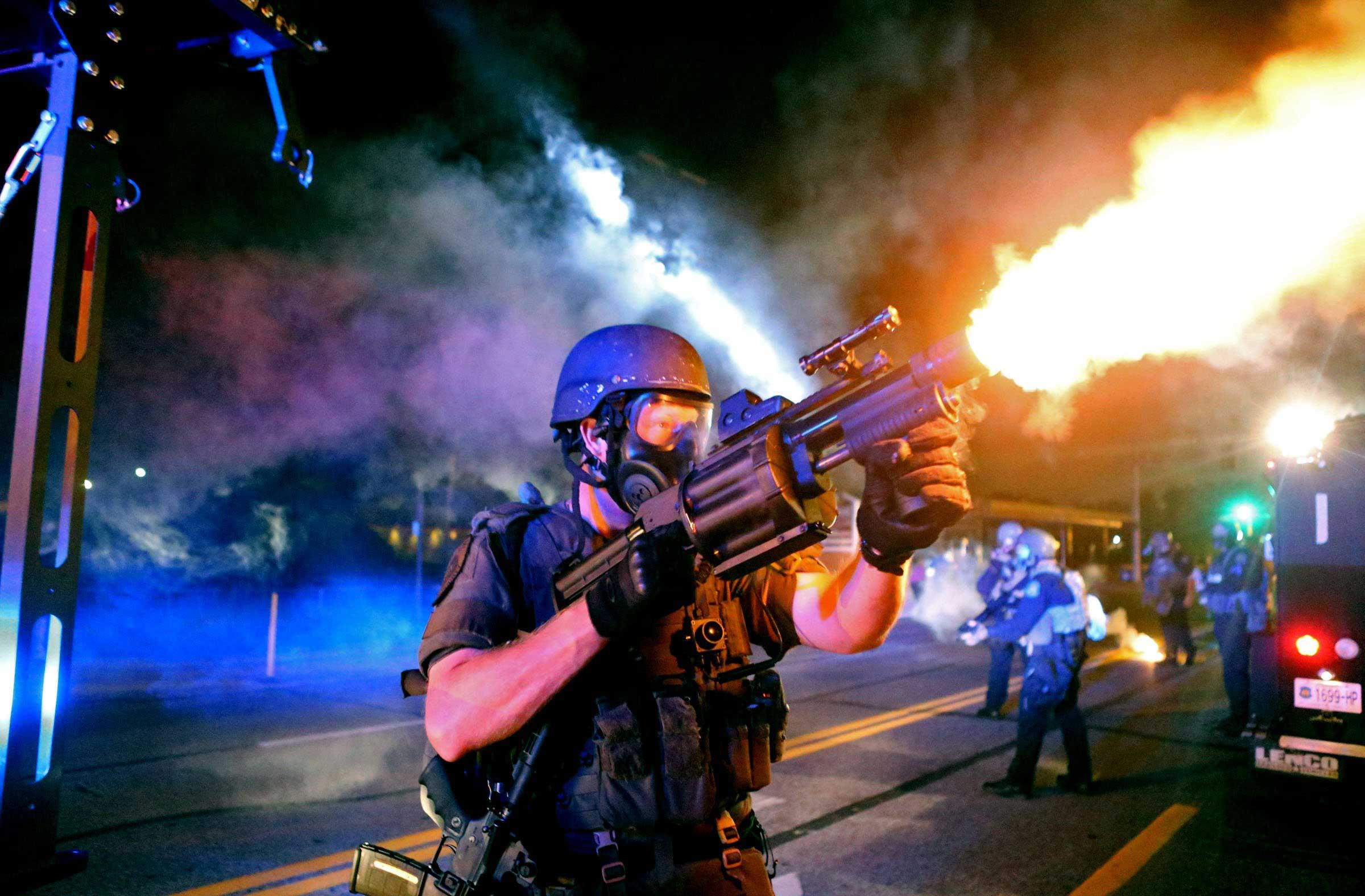
“When all the world’s media leaves, this is still our neighborhood,” the St. Louis Post-Dispatch’s director of photography Lynden Steele recently told TIME. “We have to work knowing that what we do now will come back to us a month from now. We have to be able to stand by what we’re doing now because we’re going to be in that neighborhood weeks, months, years from now.”
Over the past few weeks, the journalists at the Post-Dispatch, created by Joseph Pulitzer in 1878 from a merger of the St. Louis Dispatch and the St. Louis Evening Post, have been covering a national story unfolding on their doorstep. In the wake of Ferguson, Mo., police officer Darren Wilson’s fatal shooting of an unarmed black teenager named Michael Brown on Aug. 9, and the turbulent protests that followed, the paper’s staff photographers went to work—and they haven’t stopped.
“It’s a little bit surreal to see President Obama talking about a situation that you witnessed firsthand the night before,” says Post-Dispatch photographer David Carson. “That’s not something that happens every day.”
“We’re prepared for spot news,” Lynden Steele adds. “But having an isolated war zone [in your own county], I don’t know how you prepare for that.”
In the 1990s, the Post-Dispatch employed between 20 and 30 photo editors and photographers. But, as with countless newspapers across the country, the recession and the digital revolution have taken their toll. Today, Steele oversees a staff of 10 photographers and one multimedia director. “It makes it a lot harder to [cover] these things,” he says.
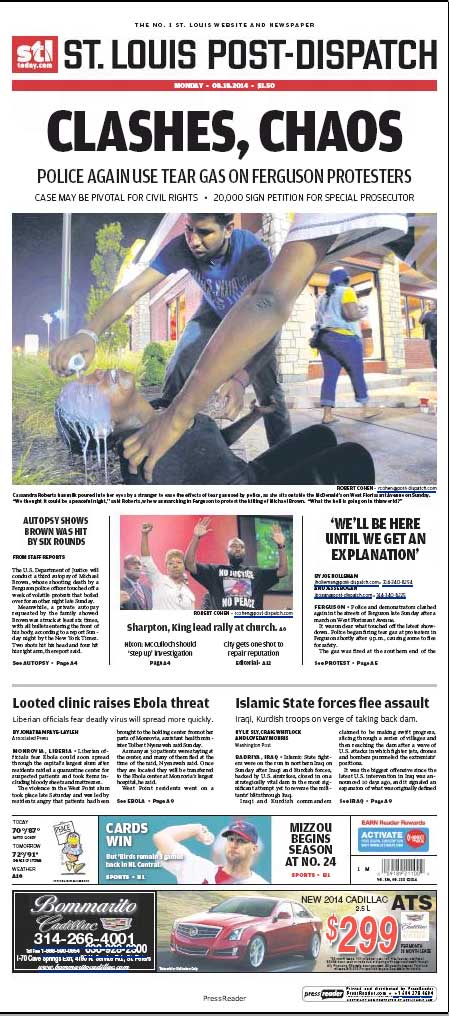
And yet, for the past 10 days, the Post-Dispatch has offered unprecedented visual coverage of a neighborhood in crisis—with some of their images ending up in newspapers and on websites across the world, including on Time.com’s homepage.
“It’s been a stretch to make sure that everything gets covered,” says Steele. “We’re prepared in the sense that we have a very experienced staff. Most of our photographers have been at the paper for decades. They are very familiar with the city, the dangerous parts of the city, and with the cops. We’re prepared because we have that knowledge. And that’s a key thing to have in this kind of situation.”
At all times, the Post-Dispatch has between two and three photographers on the ground. “We’re rotating eight photographers,” he explains. “The amazing thing about this staff is that every single person volunteers, every single person is doing something to contribute. We’re working [in shifts of] six days a week. We have people starting in the evening, and we have people starting at 6.30 in the morning. That’s how we’re getting through it.”
Equipped with two cameras, a computer and an Eye-Fi wireless memory card, Carson has been able to file images within minutes of taking them—and speed, when covering breaking news, is obviously crucial. “Traditionally, with a newspaper you think of the print medium, but I think this kind of event shows us how far in the past that is,” says Steele. “Our coverage is now on our website. And then, a whole day later, it’s in our newspaper.”
STLToday.com has offered non-stop coverage for the past 10 days, with journalists filing, on average, a dozen articles a day, and the photographers regularly uploading new images that are carefully curated in a daily photo diary.
For the print publication, the Post-Dispatch has had to make adjustments, as well, to respond to the situation’s urgency. “Santiago Carlos Ayulo, our presentation editor, has worked with the printing press to change our deadlines a bit,” says Steele. “We have an early deadline at about 11 p.m., and we have one late deadline, which is very close to 1 a.m. It’s been essential for our coverage [because] you have a consistent current of bad things happening after 12.30 a.m.”
For example, on Aug. 14, Carson beamed back a picture of a man surrounded by tear gas at 12.50 a.m. “We had to be off the floor at 1 a.m.,” says Steele, referring to the process of sending the next edition to the printing presses. “We had to remake A1 [the paper’s front page] at the last minute.” The resulting cover perfectly encapsulated the tension felt throughout Ferguson’s streets, as many of the newspaper’s covers have done over the last 10 days.
Since Aug. 11, the Post-Dispatch’s editors and its director of photography have made the conscious choice to produce visually homogeneous covers. “If you look at our front pages, they are very consistent,” Steele explains. “We have a dominant image that covers about half the page, and then there might be secondary images that show more details. We’re doing that because the story warrants that kind of [coverage].”
The choice of the image depends on the dominant story of the day and, as readers have been able to see, that story has had its ups and downs multiple times as the mood in Ferguson shifts, sometimes within minutes.
“The situation here is unpredictable,” says Carson. “It’s kind of a protest and a party at times. There’s a very weird vibe. Two nights ago, [the vibe changed suddenly]. Some of the protesters started walking towards the command center and things, out of nowhere, went to hell. There’s tear gas all over the place, cops coming out in full riot gear.”

At all times, Carson takes stock of his surrounding. “You have to be aware of what crowd of people you’re working on,” he explains. “I’ve taken some calculated risks in my coverage here, because I thought a photo was worth it and the risk was minimal. But I’ve also left some photos out there because the risk was too great.”
On his first night out, Carson had one such close call. Suited up with a bullet-proof vest, a helmet and a gas mask that were last used a year ago when the Post-Dispatch sent one of its photographers to Afghanistan, Carson ventured out to cover the protests. “As I was walking up to the scene, I had on all of my stuff and I just thought, ‘I look stupid, I’m way over-prepared for this.’ So, I took my helmet off. I walked another block and when I could see what was going on, I just thought: ‘It’s definitely time to put the helmet back on’.”
A couple of hours later, as Carson was photographing a gas station on fire, he took a picture of a group of people. “They didn’t like that,” he tells TIME. “Someone said, ‘He’s taking picture of us! Get him!’ I started running back towards the cops. I’m not really a fast runner, and I’m even slower when I have the flack vest, the helmet, the gas mask, two cameras and a backpack with a computer. I lost the race back to the cops.”
Someone hit Carson on the head, and the photographer fell down, watching two of his camera lenses smash on the ground. “A guy came and just kicked me,” he says. “I returned the favor and kicked him back. I swung my [Canon EOS 1D] Mark IV body at him, and this pastor came out and [helped me] get back to the cops.”
J.B. Forbes, a 64-year-old photographer at the Post-Dispatch, also had his share of close calls. “On the very first day following the shooting, I was at the scene in a public housing complex area and they had a candlelight vigil in the evening,” he tells TIME. “I had a guy get in my face and warn me not to take any more pictures. He started following me and he was still threatening me when this older woman got between the two of us and told him to back off. She said, ‘Leave this guy alone, he’s trying to do his job.’ He turned around and walked away.”
When the vigil ended, he went back to his car, got his computer out and started filing his pictures. “My computer screen was lighting me up. Three guys walked to the car and one of them said, ‘Bang, bang, bang.’ That was time to leave.”
He adds: “I’ve been to war zones in Central America, Iraq, Bosnia and Afghanistan and this, to me, seems more dangerous. This is random.”
Ten years ago, the Post-Dispatch sent Carson to Iraq to follow Missouri’s National Guard deployment during the war. “If we’re not going over there to cover [our men], who will?” asks Carson. During his time there, the photographer learned to think about “your escape plan,” he says. “You think more tactically about where you are and what your surroundings are. You think about how you’re going to keep yourself safe.”
That sort of experience has been beneficial to the paper’s entire staff of photographers. “We stress safety and we stress caution,” notes Steele. “We don’t want them to take unnecessary risks. They are outfitted with bulletproof vests, gas masks and helmets. There are people walking around in shorts with a camera around their necks—[they will be the ones getting] hurt. I can understand the police being nervous about that. Of course, it doesn’t give them the authority to impede on journalists’ rights to do the job, but it’s understandable that it’s put them on edge.”
On Aug. 18, after days of negotiating with local authorities, Steele was able to get Carson to embed with the police. “The first night, we got nothing out of it,” he says. “When you’re dealing with a small staff and you have to take one person off of the protest lines, the question comes up, ‘Is it worth it?’ But the police presence is such a big part of [this story] and it was something we weren’t seeing [covered].”

On Carson’s second embed, the photographer came back with pictures of officers making arrests and firing tear gas canisters at protesters—one such photograph ended up on the paper’s front page on Aug. 19—but, also, resting after long and stressful nights on Ferguson’s streets.
The situation, 10 days after Brown’s death, is still volatile; but, says Forbes, the mood towards journalists has changed compared to the few first tense days. “Until two nights ago, we had only been shooting the protests from the outside, and I wanted to shoot from the inside,” he says. “So, I got right in there with them and these guys kept saying, ‘Take pictures, we want this documented.’ And that’s what I hear all the time now. They want to make sure that this all documented. They seem to welcome the press.’
Of course, with Ferguson in papers and on sites across the nation and around the world, a new problem has emerged. “There are so many more press people now,” says Forbes. “Any time a protestor raises his voice, there are 30 guys getting around him to take his picture. It’s getting really ridiculous, to the point that the press is actually more of a problem.”
Robert Cohen, another staff photographer who has shot some of the paper’s most iconic images in the last 10 days, agrees. “I think it’s made the situation on the ground from the media’s perspective much more challenging,” he says. “The police are dealing with many more media people who want to interact with protesters very closely. I think in some ways they have difficulty separating who’s a protester, who is a media person. I mean, they’re all running around with cameras.”
But Forbes and his colleagues know that once the story recedes from the national spotlight in the coming weeks, the visiting journalists will disappear. “For us, this is not going to be a sprint; this is going to be a marathon,” Forbes explains. “We have to really pace ourselves and make sure that we keep at it and continue to cover it. This is going to go on for a very long time, even after all the national media goes away.”
And so far, the local community has been grateful for the Post-Dispatch’s coverage “We’re getting notes of gratitude from government officials, from police, from readers, from people in the community, from all sides,” says Steele. “It’s interesting to see that.”
The praise has also been directed at the paper’s decision to show aspects of the story that haven’t made their marks on the national and international stage. “There are smaller, nice community moments—moments of genuine kindness. We have to show that. Who else will if we don’t?”
The Post-Dispatch’s full coverage of Michael Brown’s death and its aftermath can be found at STLToday.com. The paper’s photographers are David Carson, Robert Cohen, Stephanie Cordle, Cristina Fletes-Boutte, J.B. Forbes, Christian Gooden, Chris Lee, Hillary Levin, Huy Richard Mach and Laurie Skrivan. Gary Hairlson is a Multimedia Director, and Lynden Steele is Director of Photography.
Olivier Laurent is the editor of TIME LightBox. Follow him on Twitter and Instagram @olivierclaurent
Marisa Schwartz, who edited this photo essay, is an Associate Photo Editor at TIME.com.
Follow TIME LightBox on Facebook.

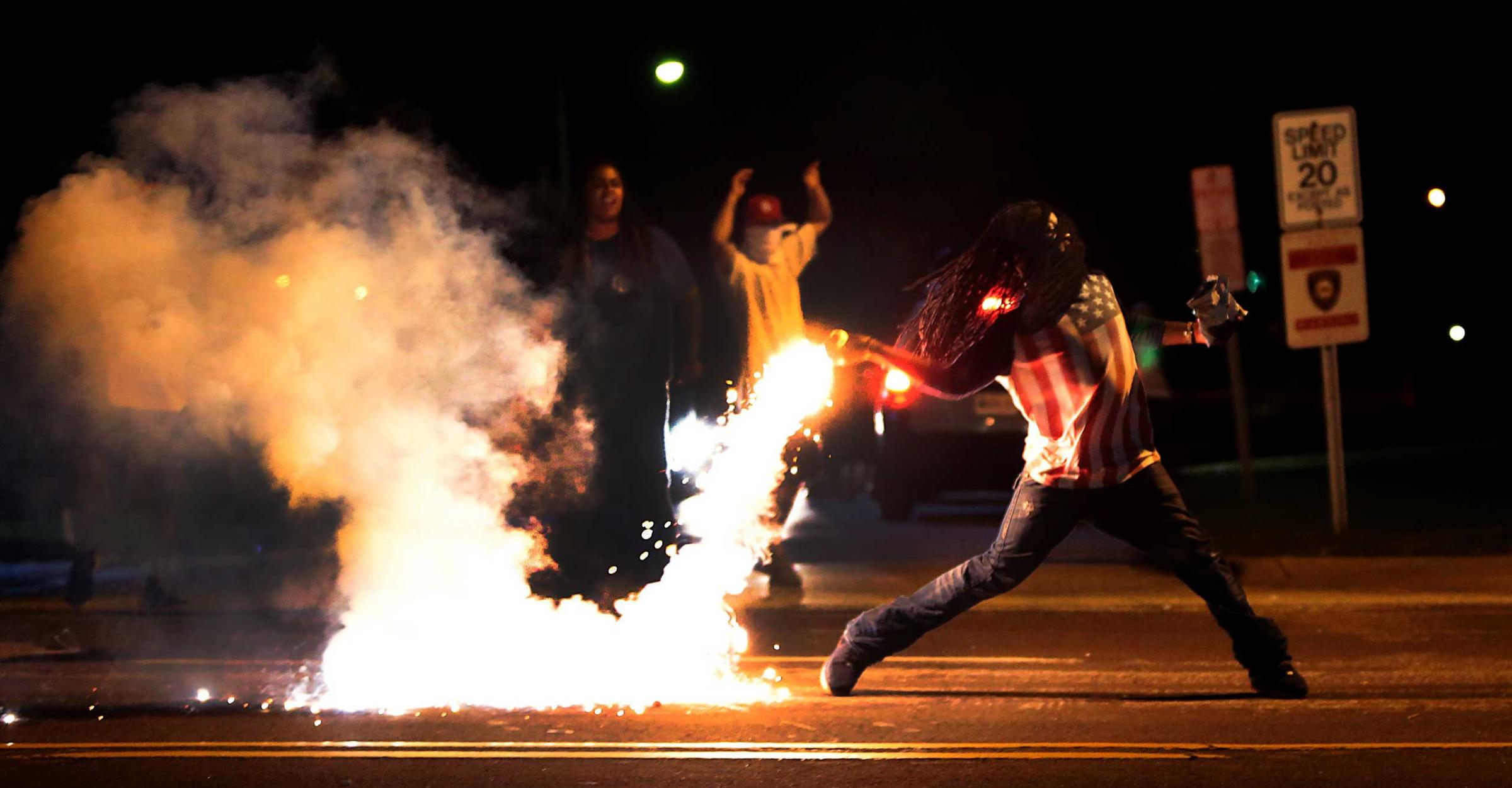
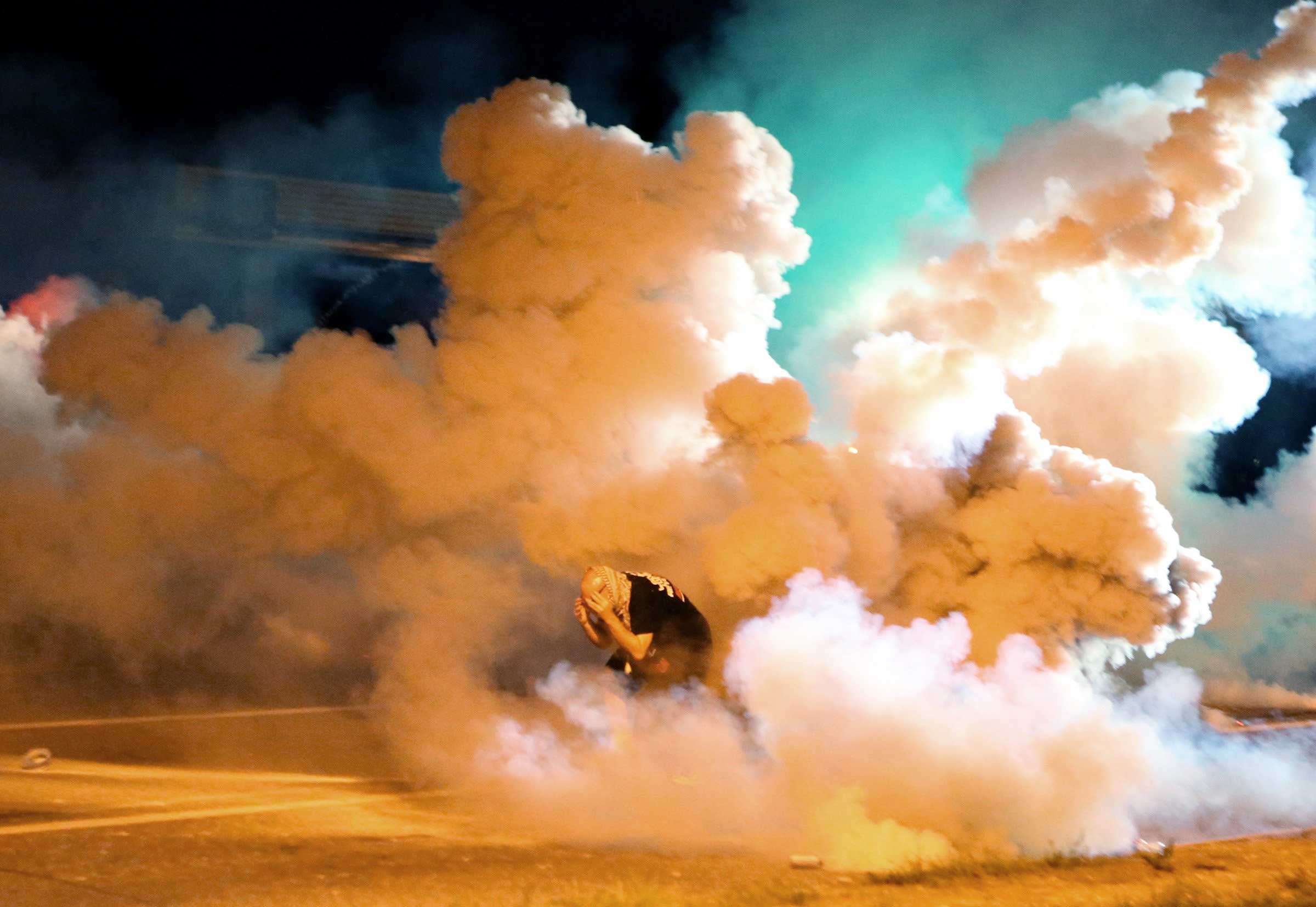
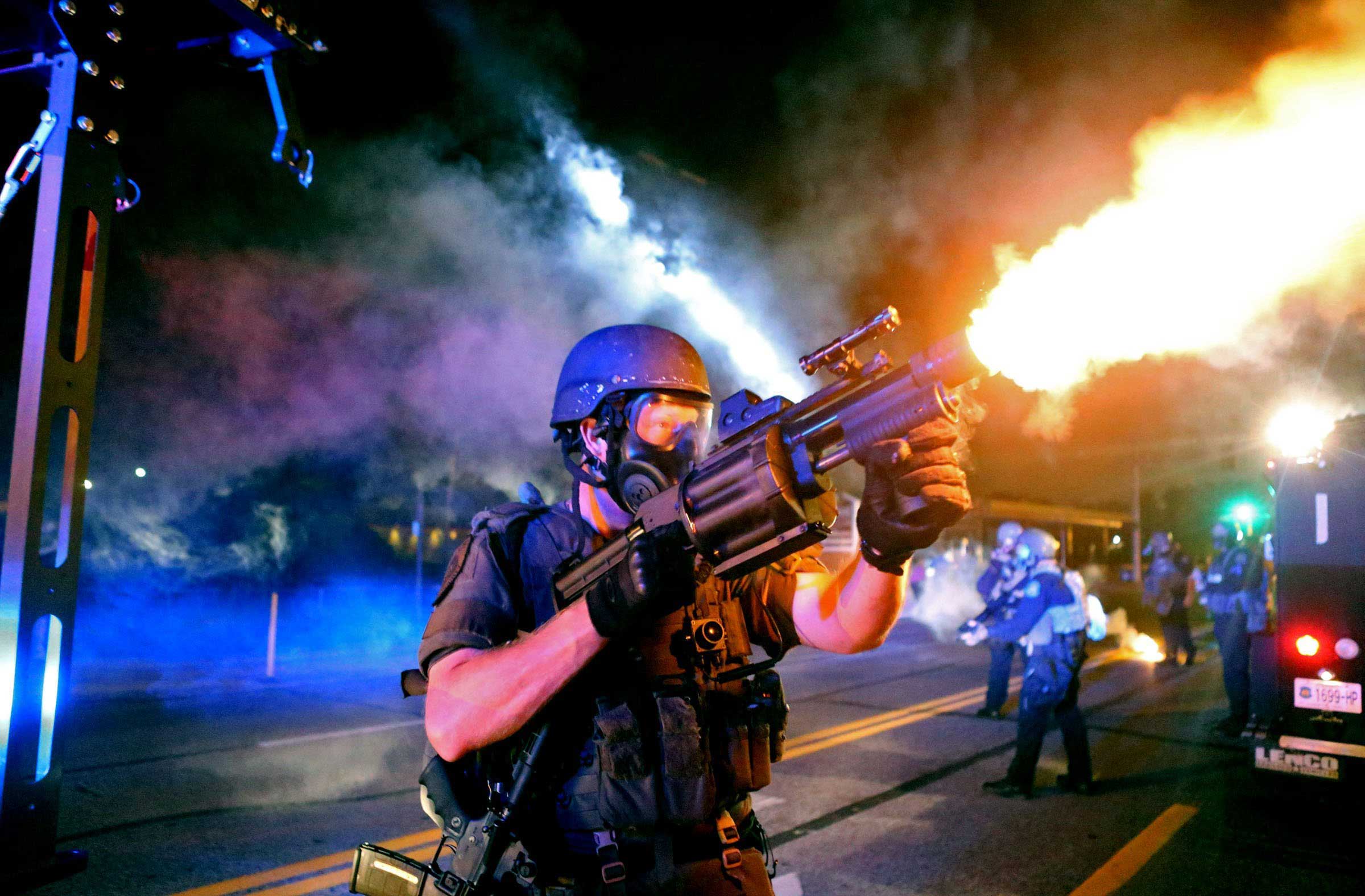
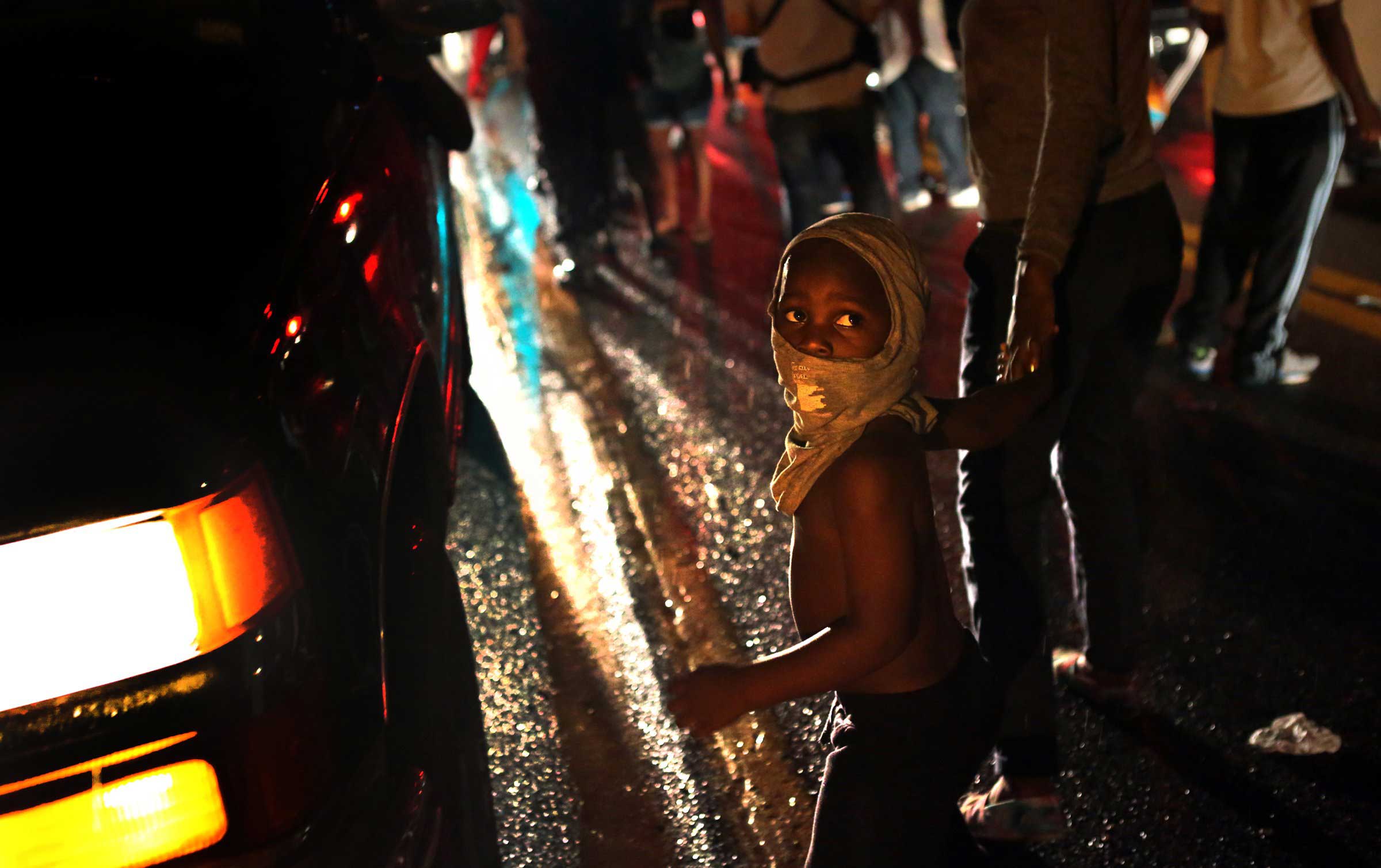

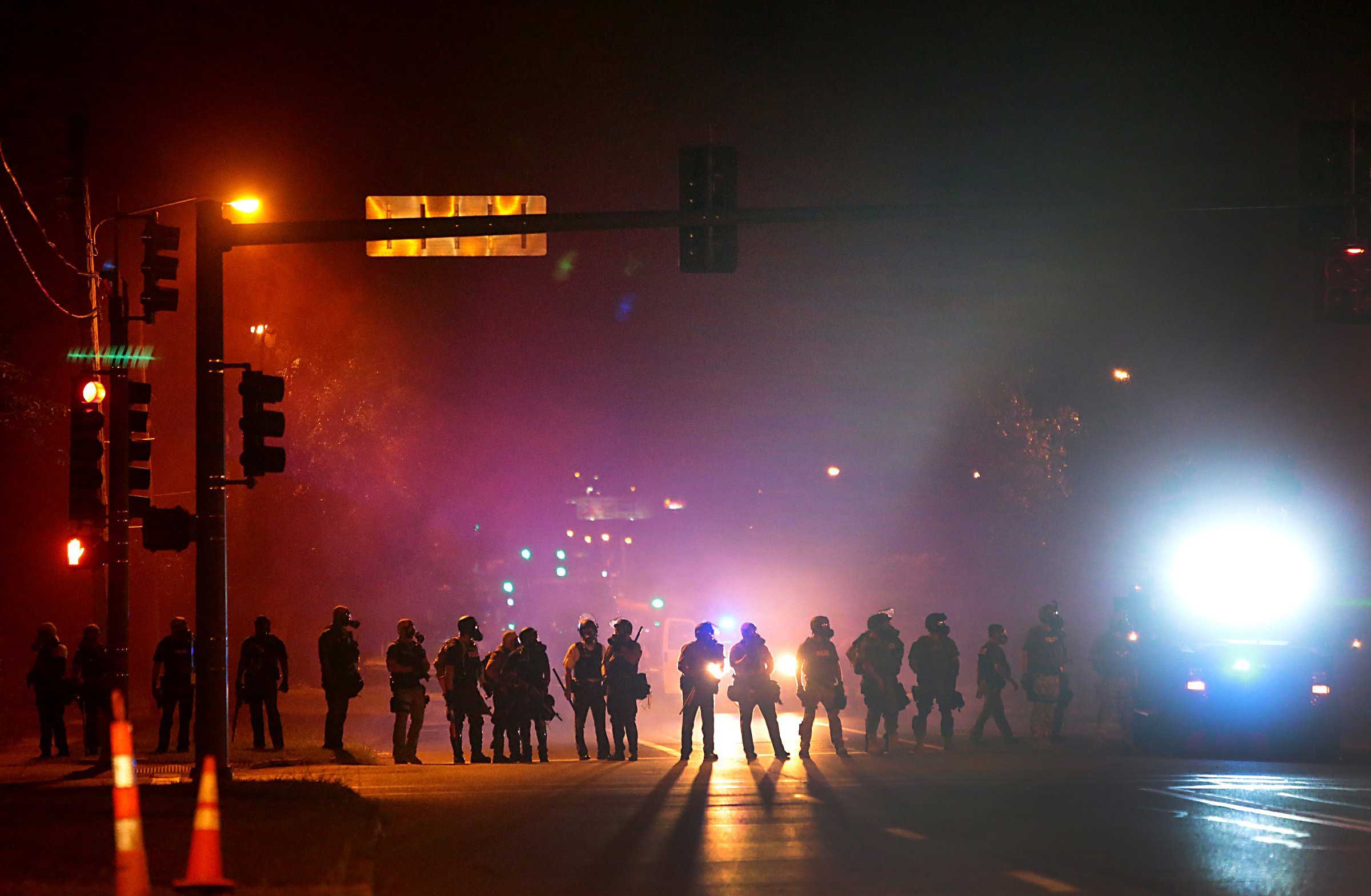



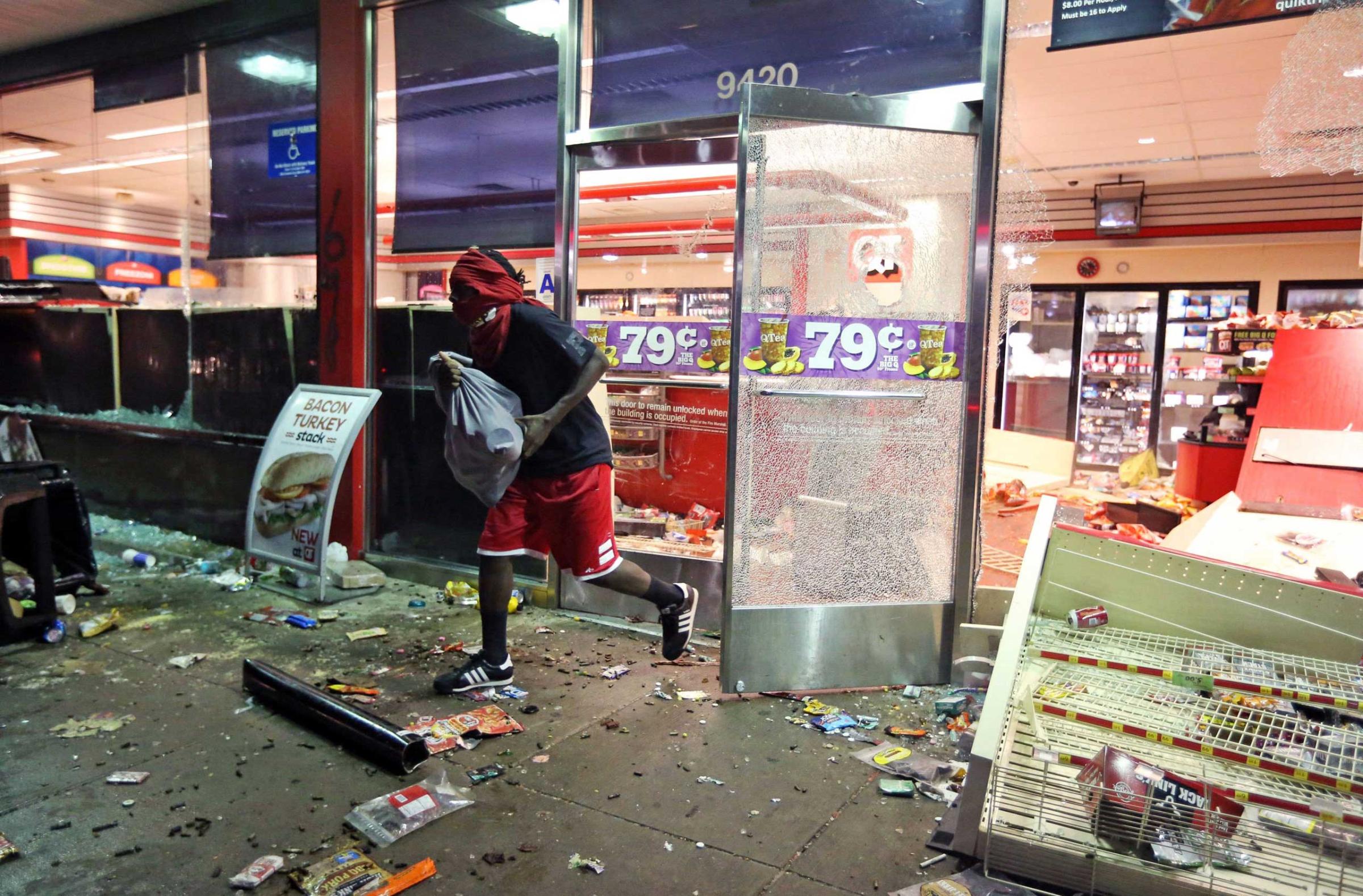

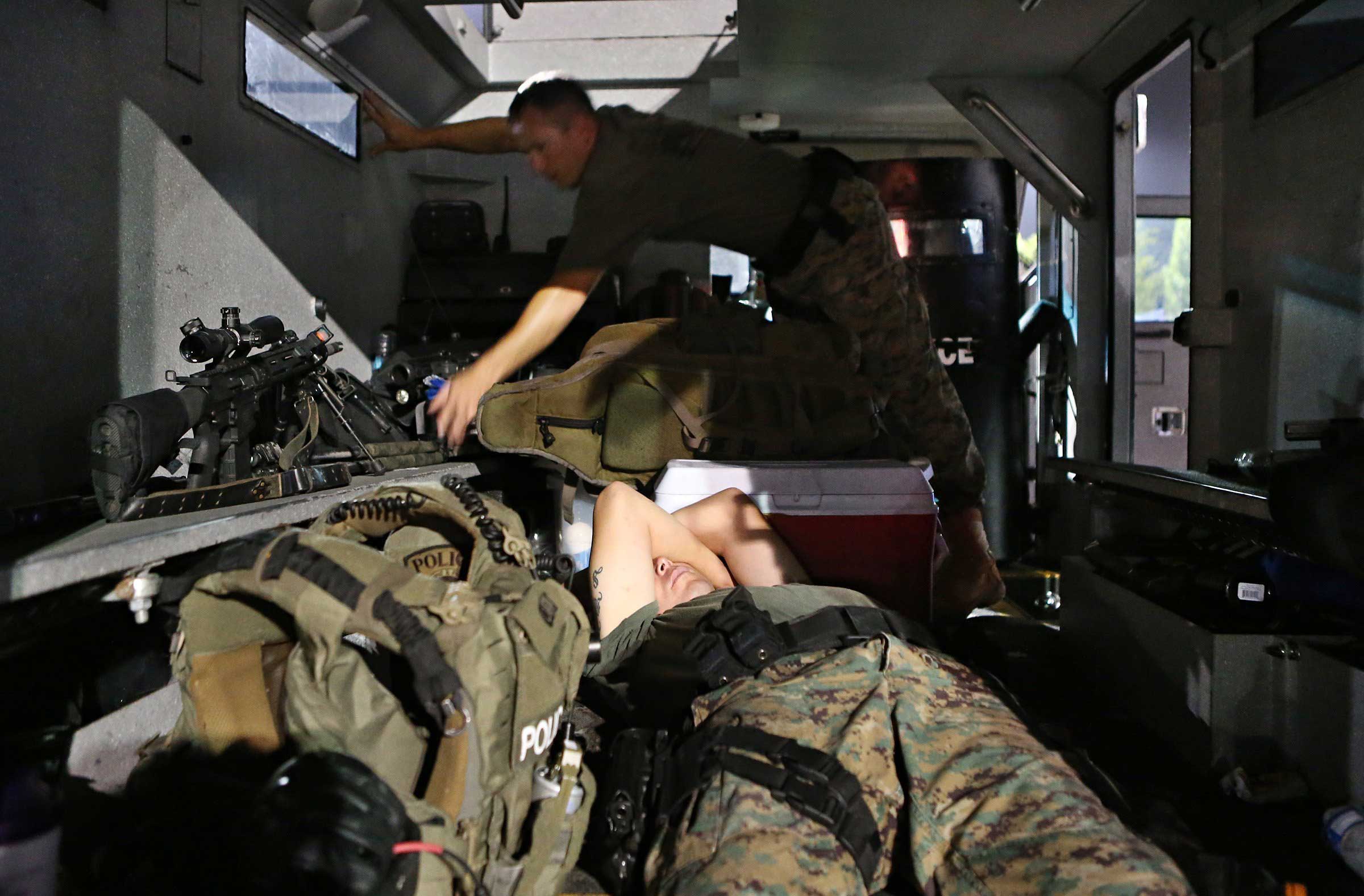
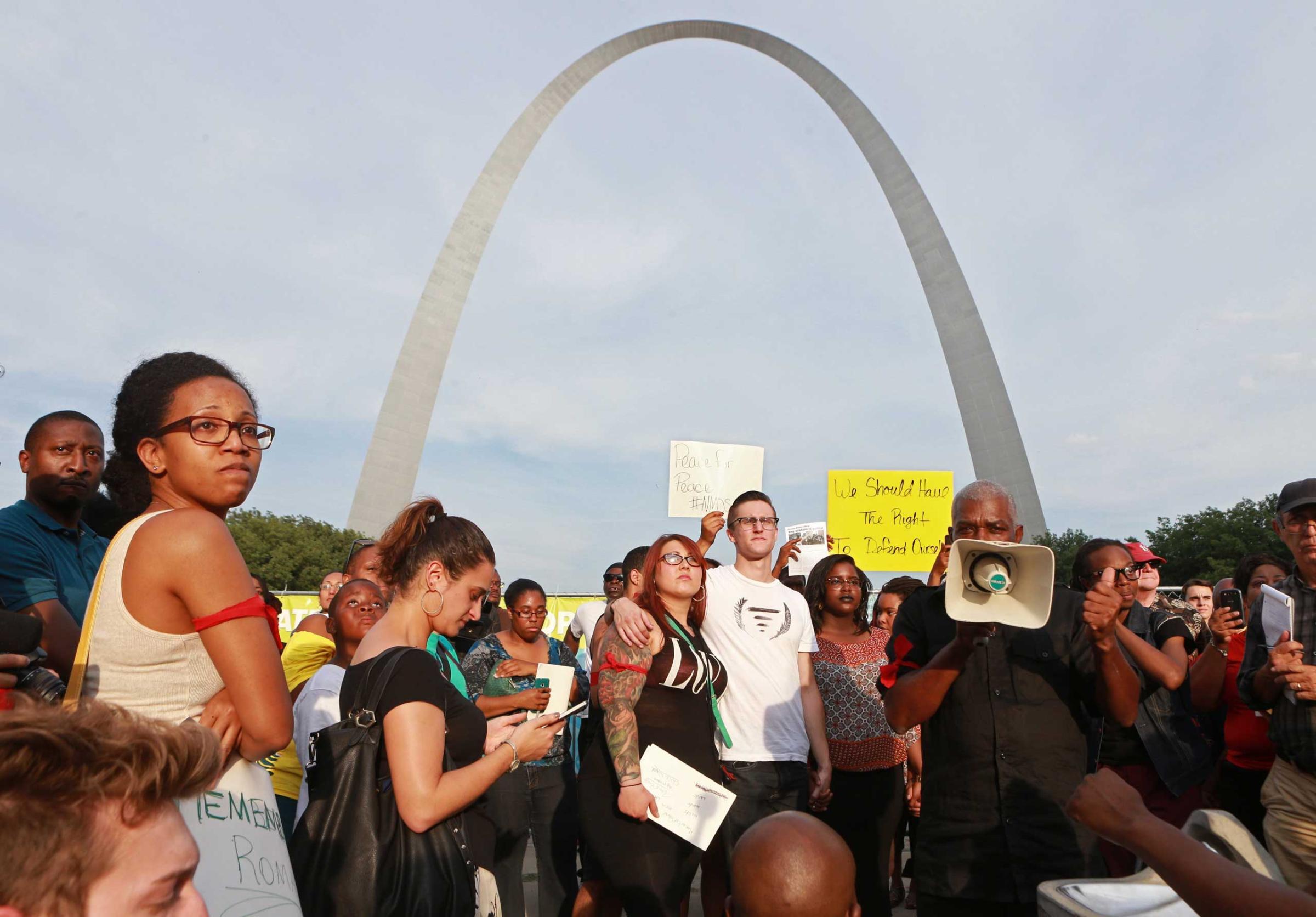
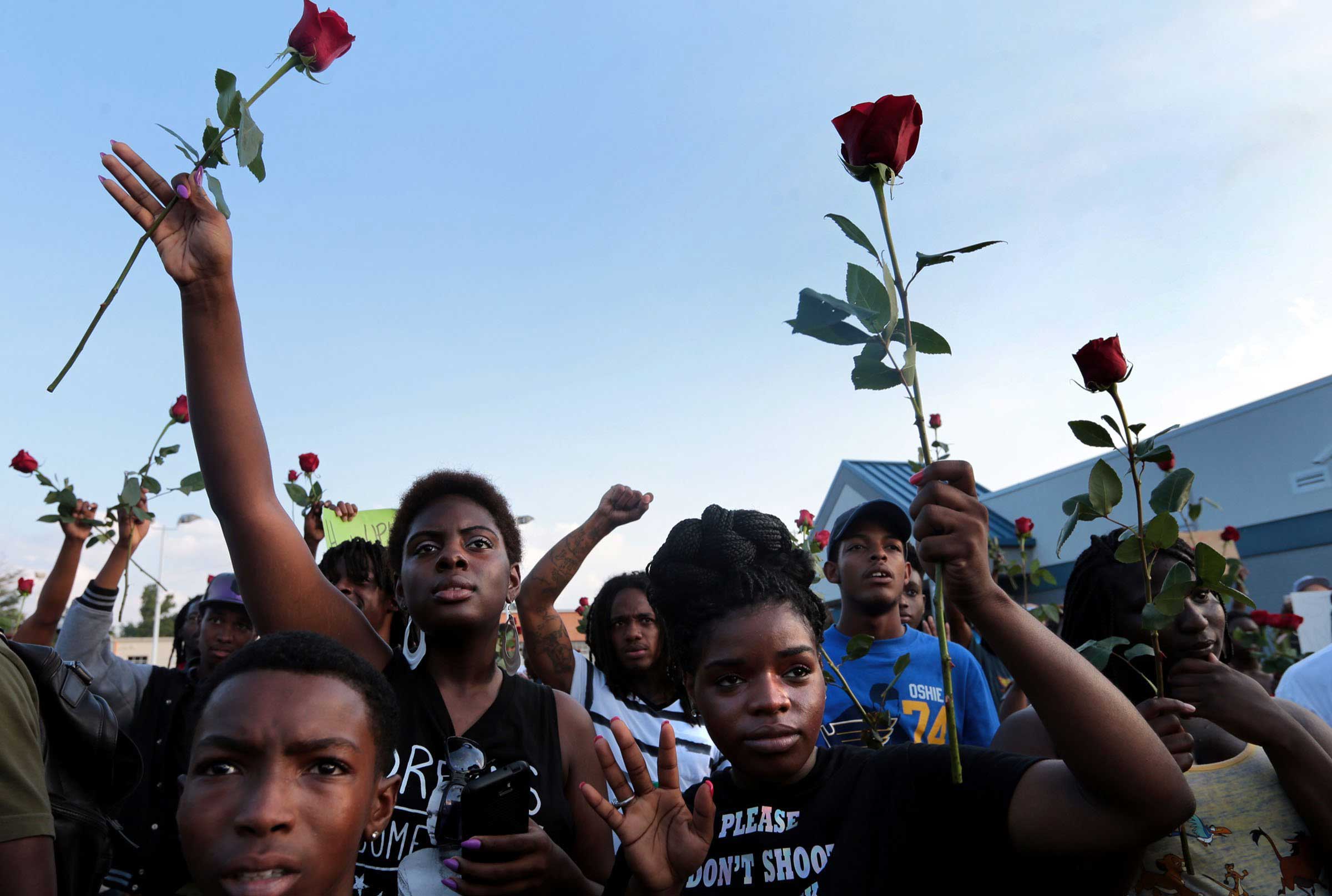

More Must-Reads from TIME
- Donald Trump Is TIME's 2024 Person of the Year
- Why We Chose Trump as Person of the Year
- Is Intermittent Fasting Good or Bad for You?
- The 100 Must-Read Books of 2024
- The 20 Best Christmas TV Episodes
- Column: If Optimism Feels Ridiculous Now, Try Hope
- The Future of Climate Action Is Trade Policy
- Merle Bombardieri Is Helping People Make the Baby Decision
Contact us at letters@time.com